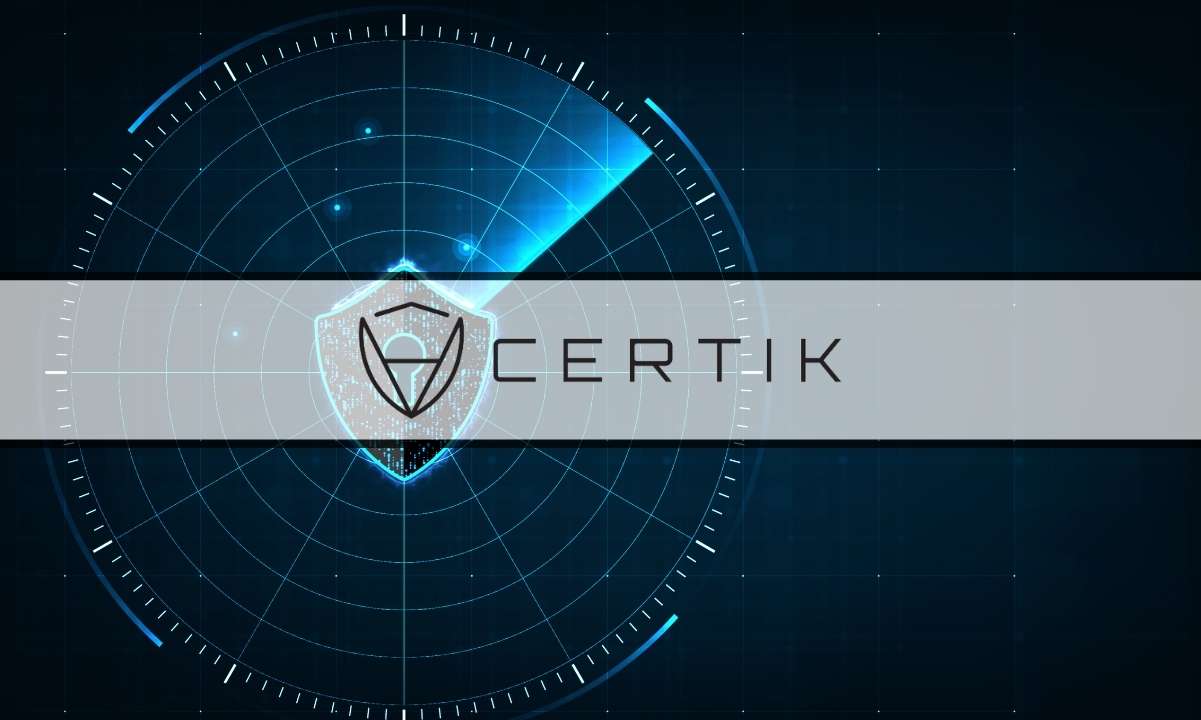[ad_1]

Hundreds of thousands of digital property have been stolen by cyber adversaries through DNS hijacking assaults for phishing functions, focusing on customers’ pockets seed phrases, or creating misleading webpages that carefully resemble reputable websites.
Assaults on Area Title Techniques (DNSs) play a vital position within the web’s infrastructure, offering insights into safety incidents in Internet 2 which have immediately affected the Web3 trade. Nevertheless, transitioning to decentralized frontends has emerged as a sensible method to sort out these challenges, in response to a current report by CertiK.
DNS Hijacking of DeFi Protocols
DNS hijacking is an assault that targets a core element of Web infrastructure. It has the potential to render a public DNS service inaccessible in sure eventualities, or it may be employed to reroute customers to malicious web sites, in different instances.
Sometimes, the attacker manipulates the DNS by substituting the mapping (DomainName, Reliable IP) with (DomainName, MaliciousServer IP). This tampering permits them to intercept future customers’ DNS queries, directing them to fraudulent web sites with out the customers’ consciousness, CertiK defined.
Customers inadvertently entry these deceitful websites through the compromised servers, exposing themselves to potential phishing assaults and the downloading of malware that may compromise their gadgets.
CreamFinance and PancakeSwap reported DNS hijacking assaults in 2021, two public RPC gateways provided by Ankr for Polygon and Fantom wallets had been compromised through a DNS hijacking assault the next yr. Throughout the identical interval, Cronos-based DEX MM.Finance, Curve Finance, Celer Protocol, Fantom-based SpiritSwap, and Polygon-based QuickSwap additionally reported frontend breaches because of a DNS hijack assault.
These incidents basically highlighted the numerous impression of vulnerabilities in Web2 on the Web3 ecosystem as a result of interconnected safety of those two domains.
CertiK stated that the persistent problem of DNS credential theft and highlighted vulnerabilities arising from third-party area service suppliers pose a major problem to Web3 initiatives. The core Web3 protocols themselves weren’t inherently flawed; slightly, it was the normal centralized area infrastructure that left them vulnerable to those points.
Resolution
CertiK emphasized the necessity for adopting the mixture of IPFS and ENS which demonstrates the potential of decentralized and DLT-based options in lowering DNS hijacking assaults. These programs prioritize content material authenticity, reduce factors of failure, and considerably decrease the vulnerabilities related to centralized management and authority.
“The transfer in direction of decentralized infrastructure, together with steady strengthening of each human and technological defenses, has turn into important for the longer term safety of Web3 initiatives and their customers.”
Binance Free $100 (Unique): Use this link to register and obtain $100 free and 10% off charges on Binance Futures first month (terms).
PrimeXBT Particular Provide: Use this link to register & enter CRYPTOPOTATO50 code to obtain as much as $7,000 in your deposits.
[ad_2]
Source link


